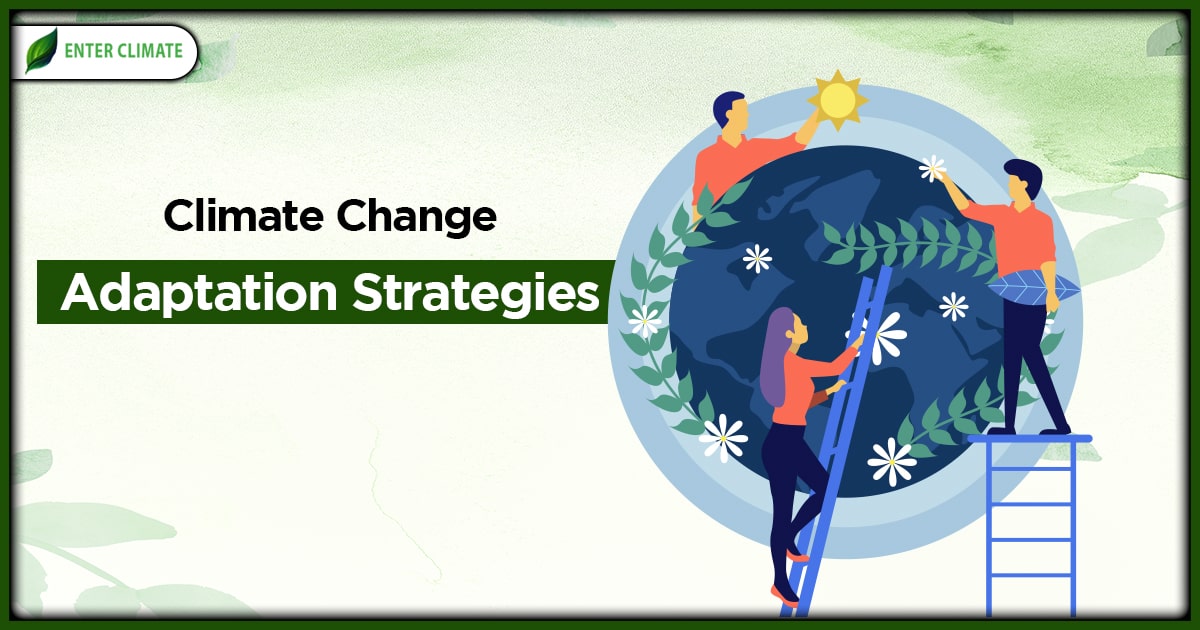Report on the High-Level Political Forum Declaration on Gender Equality and the 2030 Agenda
A declaration adopted at the High-Level Political Forum (HLPF) has reaffirmed global commitment to gender equality as a critical component for the successful implementation of the 2030 Agenda for Sustainable Development. The declaration underscores that the achievement of the Sustainable Development Goals (SDGs) is contingent upon substantial investment and concrete actions to advance the rights and empowerment of women and girls.
Key Governmental Pledges and Alignment with SDGs
The declaration outlines several key commitments made by governments, each directly contributing to specific SDGs:
-
Elimination of Gender-Based Harmful Practices
Governments have pledged to eliminate all forms of gender-based violence, including child marriage and female genital mutilation. This commitment is central to achieving:
- SDG 5 (Gender Equality): Specifically targets 5.2 (eliminate all forms of violence against all women and girls) and 5.3 (eliminate all harmful practices, such as child, early and forced marriage and female genital mutilation).
- SDG 3 (Good Health and Well-being): By protecting the physical and mental health of women and girls.
- SDG 16 (Peace, Justice and Strong Institutions): By addressing violence and promoting justice for victims.
-
Ensuring Universal Access to Essential Services
The pledge ensures universal access to inclusive education and to sexual and reproductive health and rights. This supports:
- SDG 4 (Quality Education): By promoting inclusive and equitable quality education for all, particularly girls (Target 4.5).
- SDG 3 (Good Health and Well-being): Through universal access to sexual and reproductive health-care services (Target 3.7).
- SDG 5 (Gender Equality): By ensuring women and girls have bodily autonomy and access to essential health services (Target 5.6).
-
Economic Empowerment and Social Protection
The declaration calls for significant investment in systems and policies that foster women’s economic participation and security. These include:
- Investment in care systems and gender-responsive social protection: Addresses unpaid care work, contributing to SDG 5 (Target 5.4), SDG 1 (No Poverty), and SDG 10 (Reduced Inequalities).
- Equal pay and access to decent work: Directly targets SDG 8 (Decent Work and Economic Growth), particularly Target 8.5 on full and productive employment and decent work for all, and equal pay for work of equal value.
- Support for entrepreneurship and digital inclusion: Promotes women’s empowerment through technology and innovation, aligning with SDG 5 (Target 5.b) and SDG 9 (Industry, Innovation and Infrastructure).
Conclusion: Imperative for Action on the 2030 Agenda
With only five years remaining to implement the 2030 Agenda, the declaration serves as a critical signal that gender equality remains a global priority. The successful realization of the SDGs is unattainable without dedicated resources, robust accountability mechanisms, and the meaningful participation of women and girls. The upcoming Beijing+30 anniversary provides a pivotal moment to translate these renewed commitments into tangible progress across all Sustainable Development Goals.
1. Which SDGs are addressed or connected to the issues highlighted in the article?
-
SDG 5: Gender Equality
This is the central theme of the article. It directly mentions eliminating gender-based violence, child marriage, FGM, ensuring access to sexual and reproductive health, investing in care systems, equal pay, and women’s access to decent work and entrepreneurship, all of which are core components of SDG 5.
-
SDG 4: Quality Education
The article explicitly states the pledge to “ensure universal access to inclusive education,” which is the primary goal of SDG 4, with a specific focus on ensuring girls have this access.
-
SDG 3: Good Health and Well-being
The commitment to “ensure universal access to… sexual and reproductive health and rights” is a key aspect of SDG 3, which aims to ensure healthy lives for all.
-
SDG 8: Decent Work and Economic Growth
The call for “equal pay, women’s access to decent work, and support for entrepreneurship” directly relates to SDG 8’s objective of promoting sustained, inclusive economic growth and decent work for all.
-
SDG 1: No Poverty
The mention of “gender-responsive social protection” is a critical strategy for poverty eradication, particularly for women and girls who are disproportionately affected by poverty. This connects the article’s content to SDG 1.
2. What specific targets under those SDGs can be identified based on the article’s content?
-
SDG 5: Gender Equality
- Target 5.2: Eliminate all forms of violence against all women and girls in the public and private spheres. This is addressed by the pledge to “eliminate all forms of gender-based violence.”
- Target 5.3: Eliminate all harmful practices, such as child, early and forced marriage and female genital mutilation. The article explicitly names “child marriage and female genital mutilation” as practices to be eliminated.
- Target 5.4: Recognize and value unpaid care and domestic work. This is referenced by the call for “investment in care systems.”
- Target 5.6: Ensure universal access to sexual and reproductive health and reproductive rights. The article directly quotes this commitment.
- Target 5.a: Undertake reforms to give women equal rights to economic resources. This is supported by the call for “support for entrepreneurship and digital inclusion.”
-
SDG 4: Quality Education
- Target 4.1: By 2030, ensure that all girls and boys complete free, equitable and quality primary and secondary education. This is covered by the pledge for “universal access to inclusive education.”
- Target 4.5: By 2030, eliminate gender disparities in education and ensure equal access to all levels of education and vocational training for the vulnerable. The focus on women and girls implies this target.
-
SDG 3: Good Health and Well-being
- Target 3.7: By 2030, ensure universal access to sexual and reproductive health-care services. This is directly stated in the article.
-
SDG 8: Decent Work and Economic Growth
- Target 8.5: By 2030, achieve full and productive employment and decent work for all women and men… and equal pay for work of equal value. The article’s call for “equal pay” and “women’s access to decent work” directly aligns with this target.
-
SDG 1: No Poverty
- Target 1.3: Implement nationally appropriate social protection systems and measures for all. The call for “gender-responsive social protection” is a specific application of this target.
3. Are there any indicators mentioned or implied in the article that can be used to measure progress towards the identified targets?
The article does not mention specific, numbered UN indicators. However, it implies the concepts that would be measured to track progress. These implied indicators include:
- Prevalence of Gender-Based Violence: Progress on eliminating gender-based violence would be measured by tracking the rates and incidence of different forms of violence against women and girls.
- Rates of Child Marriage and FGM: To measure the elimination of these practices, one would track the percentage of women and girls subjected to child marriage and/or female genital mutilation.
- Access to Education: Progress on “universal access to inclusive education” would be measured by school enrollment, attendance, and completion rates, disaggregated by gender.
- Access to Sexual and Reproductive Health Services: This would be measured by indicators such as the proportion of women of reproductive age who have their need for family planning satisfied with modern methods.
- Gender Pay Gap: The call for “equal pay” implies using the gender pay gap (the difference in average hourly earnings between men and women) as a key indicator.
- Female Labor Force Participation: Measuring “women’s access to decent work” would involve tracking the proportion of women in the labor force and the quality of their employment.
- Women’s Entrepreneurship Rates: “Support for entrepreneurship” implies measuring the number and success rate of women-owned businesses.
- Digital Inclusion Gap: This would be measured by the proportion of women using the internet or owning mobile phones compared to men.
4. Table of SDGs, Targets, and Indicators
| SDGs | Targets | Indicators (Implied from the Article) |
|---|---|---|
| SDG 5: Gender Equality |
5.2: Eliminate violence against women and girls. 5.3: Eliminate harmful practices (child marriage, FGM). 5.4: Recognize and value unpaid care work. 5.6: Ensure universal access to sexual/reproductive health. 5.a: Give women equal rights to economic resources. |
Prevalence rates of gender-based violence. Prevalence rates of child marriage and FGM. Investment levels in public care systems/services. Proportion of women with access to reproductive health services. Rates of women’s entrepreneurship and digital access. |
| SDG 4: Quality Education | 4.1 / 4.5: Ensure universal, inclusive education and eliminate gender disparities. | School enrollment and completion rates, disaggregated by gender. |
| SDG 3: Good Health and Well-being | 3.7: Ensure universal access to sexual and reproductive health-care services. | Proportion of women whose need for family planning is satisfied. |
| SDG 8: Decent Work and Economic Growth | 8.5: Achieve decent work and equal pay for all. |
The gender pay gap. Female labor force participation rate. |
| SDG 1: No Poverty | 1.3: Implement social protection systems for all. | Proportion of the population covered by social protection floors/systems, with a focus on gender-responsiveness. |
Source: unwomen.org







